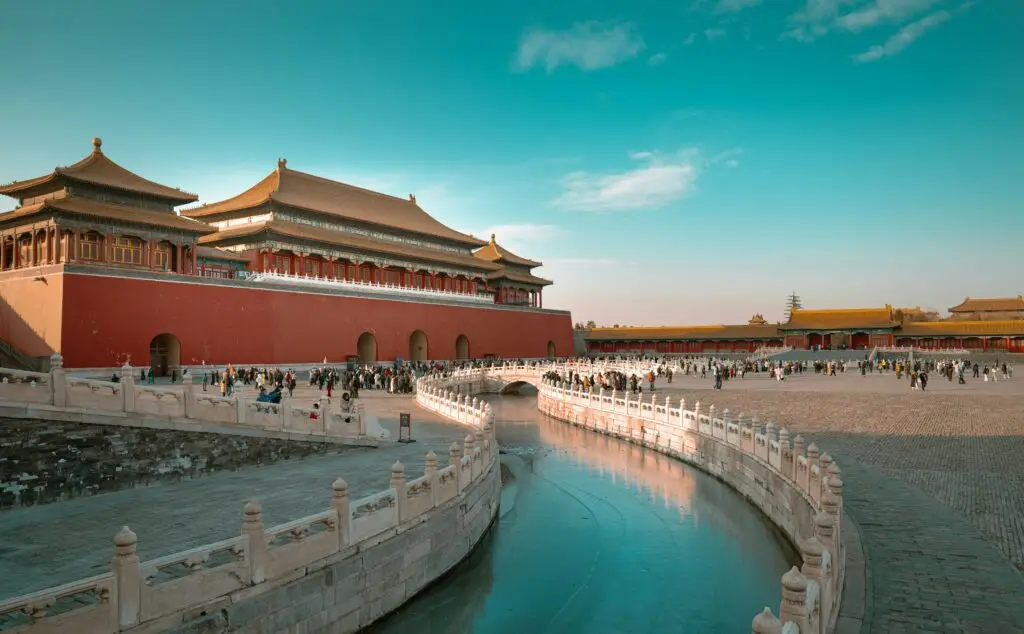Cultural & Historical Sites in China
To travel across China is to journey through one of the world’s richest tapestries of culture and history. Every city, every stone monument, every sacred mountain carries a story — some carved into cliffs, others whispered across dynasties. For foreign travelers, exploring China’s cultural and historical sites is more than sightseeing; it’s stepping into the living memory of a civilization thousands of years old.
Begin in Beijing, the imperial heart of China. Here, the Forbidden City stretches across the center of the capital, a magnificent palace complex once closed to commoners. Walking through its golden rooftops and vast courtyards, you can almost feel the presence of the emperors who ruled from within these walls. Just beyond the city lies the Great Wall of China, snaking for thousands of kilometers across rugged mountains. Whether you hike the wild, untamed sections or stroll the restored pathways, standing atop the Wall is both a breathtaking and humbling experience — a reminder of China’s enduring strength and vision.
Head west to Xi’an, where China’s first emperor, Qin Shi Huang, rests under the protection of his extraordinary Terracotta Army. Thousands of life-sized soldiers, each with unique features, stand frozen in eternal vigilance. The city itself still wears its history proudly, with the ancient city wall encircling the old town, offering panoramic views as you cycle or walk along its top.
Further east, in Luoyang, one of China’s most storied capitals, travelers encounter the awe-inspiring Longmen Grottoes(龙门石窟). Here, thousands of Buddhist statues are carved into limestone cliffs along the Yi River. From delicate miniature Buddhas to colossal stone guardians towering above, the grottoes showcase both artistic mastery and deep spiritual devotion. It is a place where faith and history intertwine, leaving visitors in silent wonder.
Venture further west into the desert landscapes of Dunhuang, where the Mogao Caves, known as the “Caves of the Thousand Buddhas,” once welcomed travelers along the Silk Road. Step inside these ancient chambers and you’ll find vivid murals and intricate sculptures, each one a masterpiece preserved in sand and silence for over a millennium. In these caves, East truly met West, as Buddhist monks, traders, and artists left behind treasures that continue to astonish the world.
Beyond these iconic landmarks, China’s cultural heritage also flourishes in its sacred landscapes and historic towns. Mount Tai, long regarded as the holiest of China’s Five Great Mountains, has drawn pilgrims and emperors for centuries to its summit, where heaven and earth seem to meet. In the south, the gardens of Suzhou reflect the refined artistry of traditional Chinese aesthetics, where pavilions, ponds, and winding paths create harmony between nature and design. And in Hangzhou, the tranquil waters of West Lake continue to inspire poets, painters, and travelers alike with its timeless beauty.
For those drawn to spirituality, few places are more moving than the Potala Palace in Lhasa, Tibet. Rising above the holy city, this fortress-like monastery radiates devotion, its white walls and golden roofs gleaming in the high-altitude sun. It remains one of the most awe-inspiring symbols of faith and resilience in all of Asia.
Each of these sites offers a window into China’s soul. The grandeur of Beijing’s palaces, the mystery of Xi’an’s warriors, the serenity of Luoyang’s grottoes, and the desert murals of Dunhuang all tell different chapters of the same vast story. Together, they invite travelers not only to witness history but to feel it — to stand where emperors once ruled, where monks carved prayers into stone, and where cultures converged under the vast skies of the Silk Road.
For foreign travelers, exploring China’s cultural and historical sites is more than checking off landmarks; it is an immersion into a living past. These are not silent relics, but vibrant echoes of a civilization that still shapes the present. In China, history is alive — waiting to be walked, touched, and remembered.

